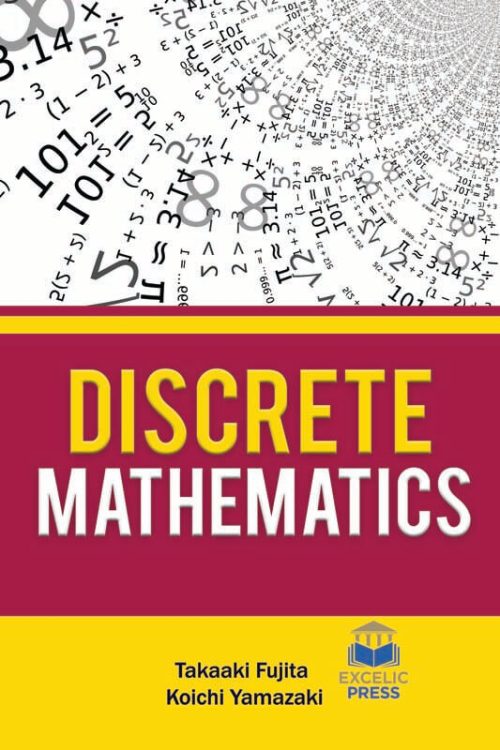Description
In the current age of information, mathematics is an exciting development area of research. It has fundamentally interdisciplinary characteristics with roots in pure mathematics, and a wide variety of solicitations in networks, algorithms, etc. Discrete mathematics developed as of the mathematical sciences’ response to the need for a better understanding of the combinatorial bases of the mathematics used in real practices. It has become increasingly emphasized in the current educational climate. Research in discrete mathematics augmented in the latter half of the 20th century partially because of the development of digital computers that operate in discrete steps and store data in discrete bits.
This book provides wide-ranging coverage of recent trends and applications in the area and ideas to the directions of research. The book starts with the concept of linear tangle introduced as an obstruction to mixed searching numbers. The concept of the (maximal) single ideal has been introduced as an obstruction to linear-width. This short chapter gives an alternative proof of the equivalence. In the next chapter, the concept of the fuzzy normed ring is introduced and some basic properties related to it are established. In this chapter, you will find the definition of fuzzy normed ring homomorphism, fuzzy normed subring, and fuzzy normed ideal, fuzzy normed prime ideal, and the fuzzy normed maximal ideal of a normed ring, respectively. It also shows some algebraic properties of normed ring theory on fuzzy sets, proves theorems, and give relevant examples. Further, the book illustrates 2-convex polyominoes: non-empty corners, and the facets of the bases polytope of a matroid and two consequences. Singleton-type upper bounds on the minimum Lee distance of general (not necessarily linear) Lee codes over ?q are discussed. In addition, the book revitalizes the reader’s two classes of entropy measures for complex fuzzy sets. The Q-analysis governance approach and the use of simplicial complexes—the type of hypergraph—allow introducing the formal concepts of dimension and conjugacy between the network of entities involved in governance and the networks of those attributes taken into account (e.g. their competences), which offer a specific angle of analysis. So, the book closes with dimensionality and conjugacy of governance modeling. The book will serve to mathematicians, practitioners, and students in a wide variety of majors, including computer science, mathematics, and engineering.





